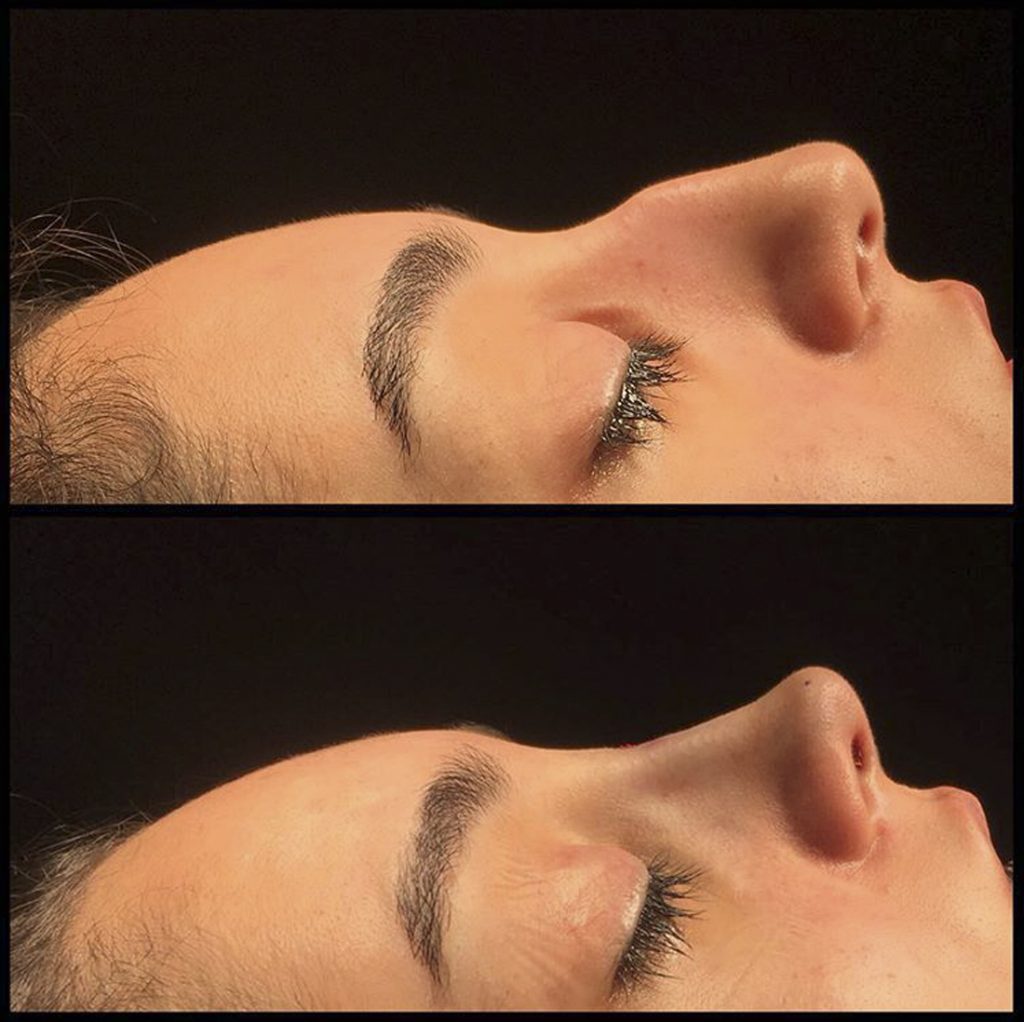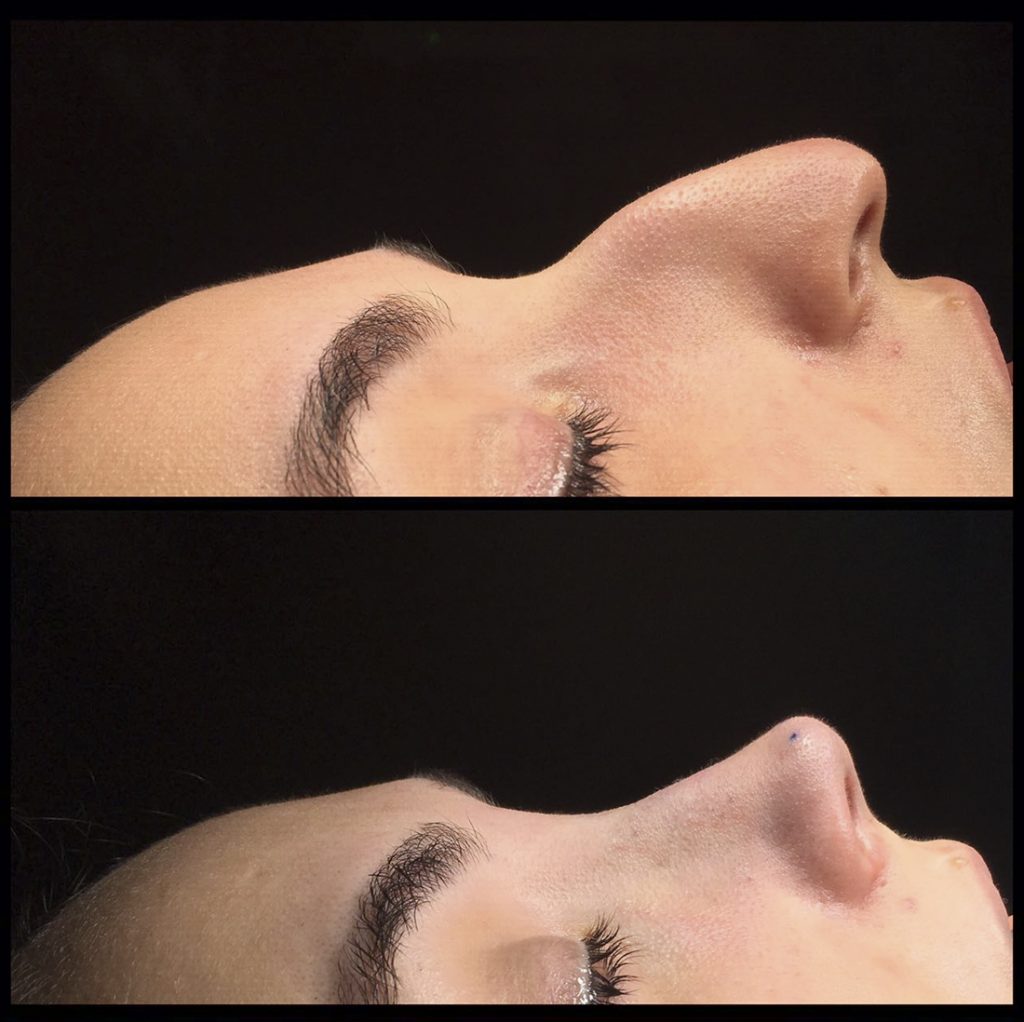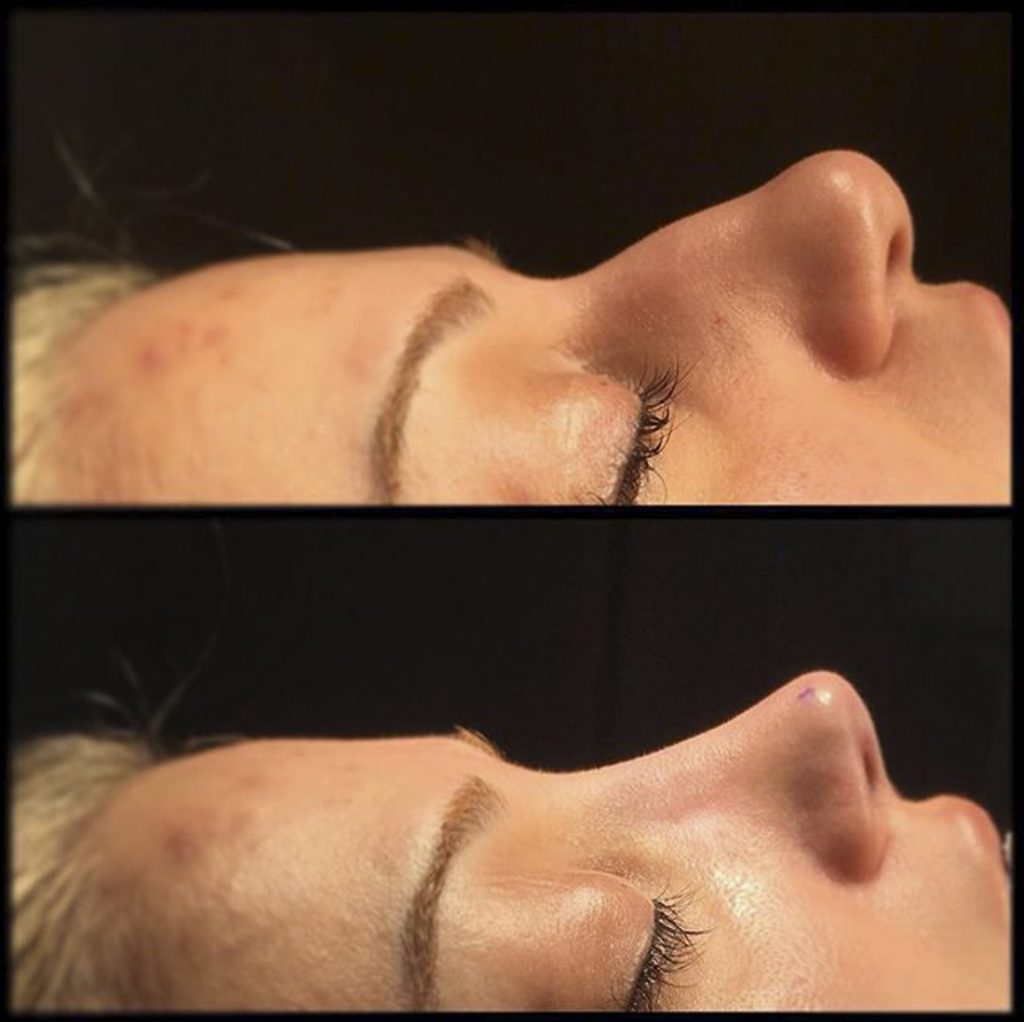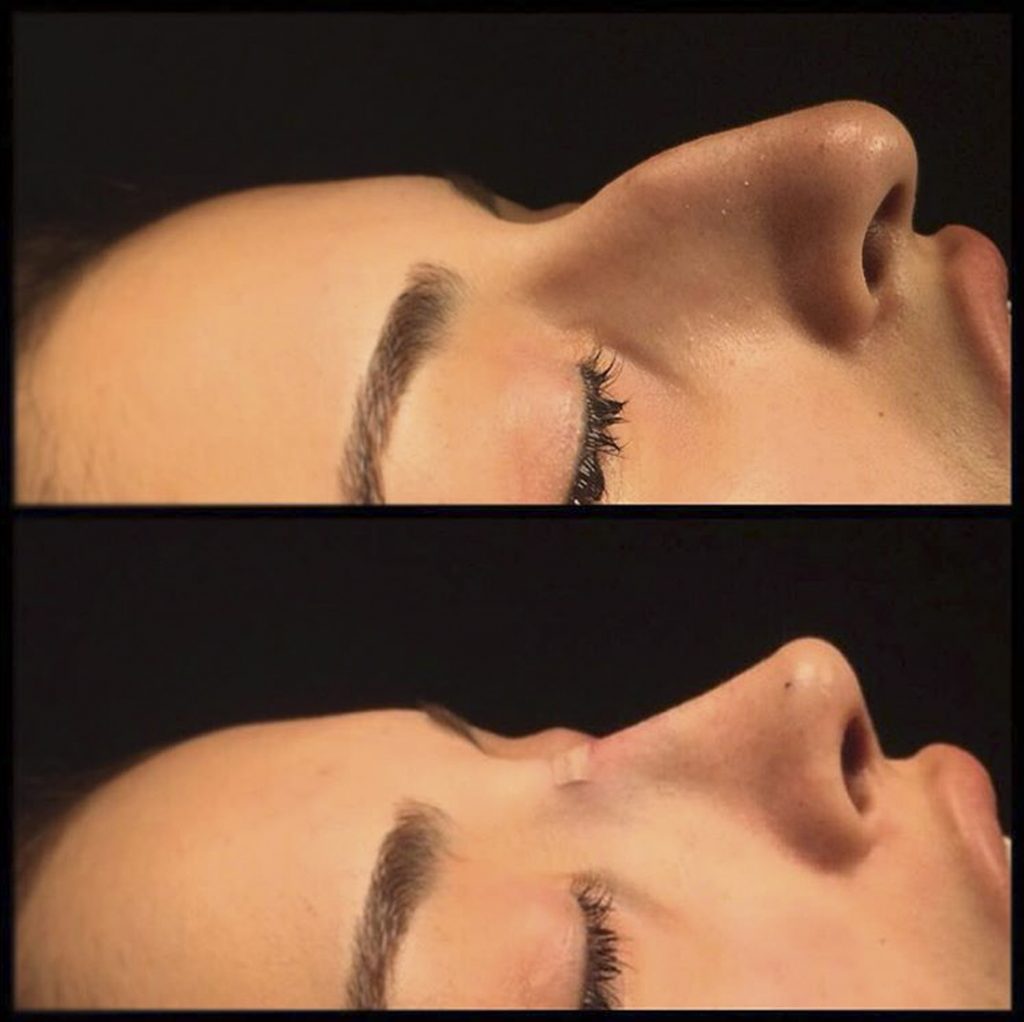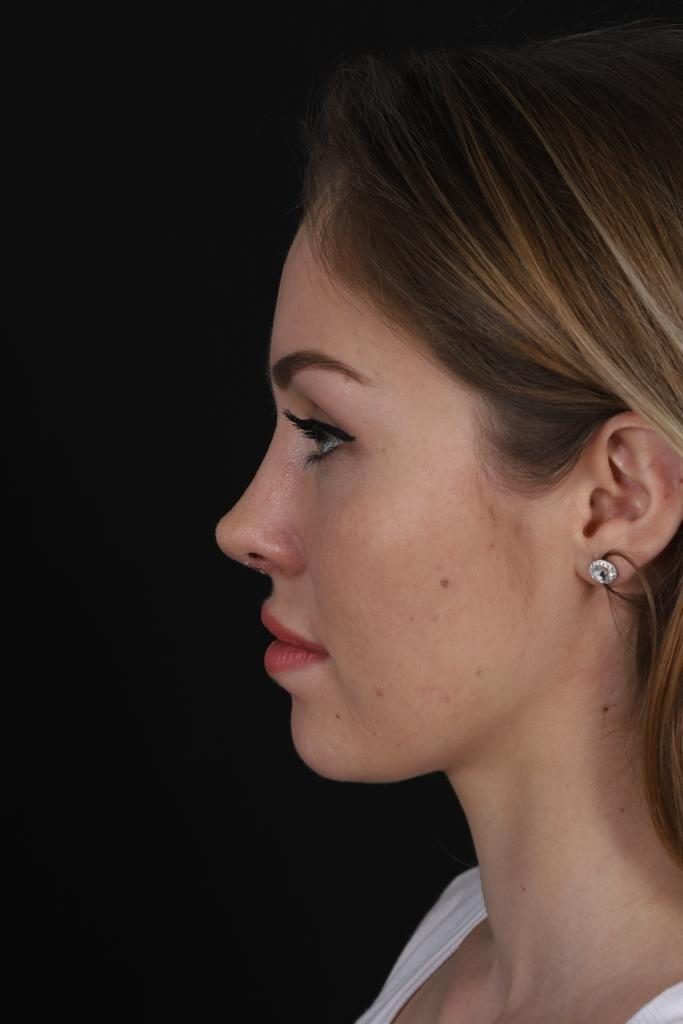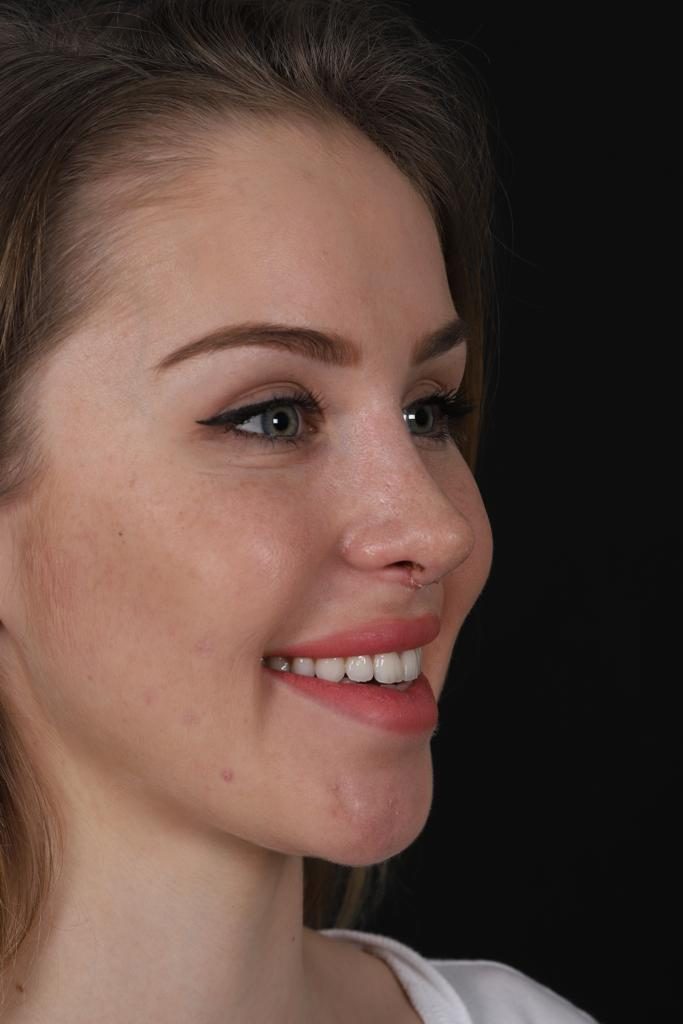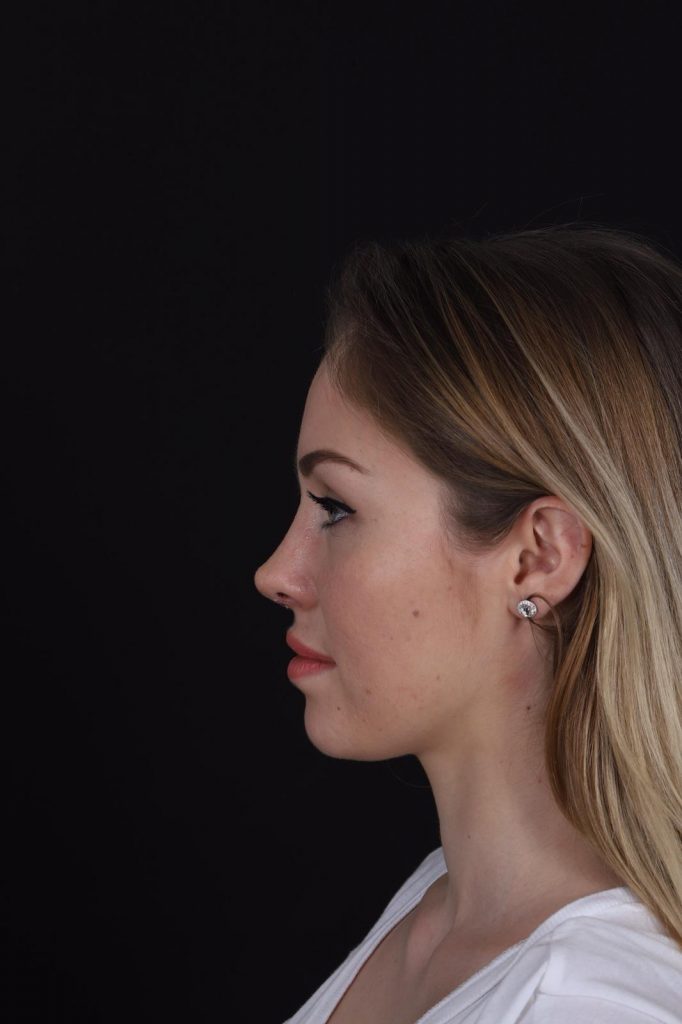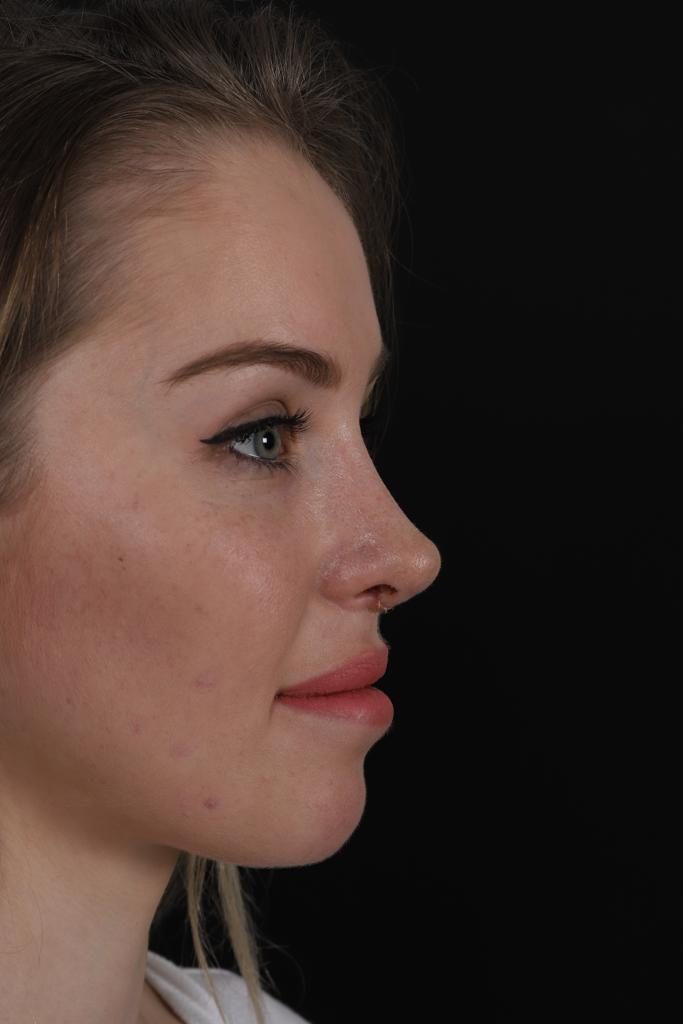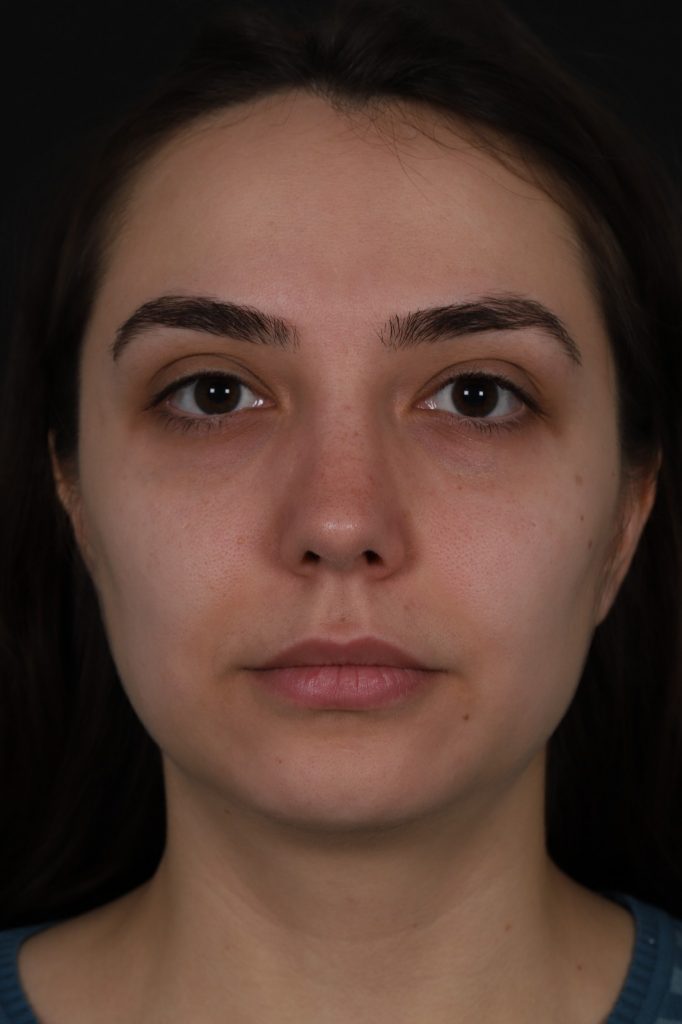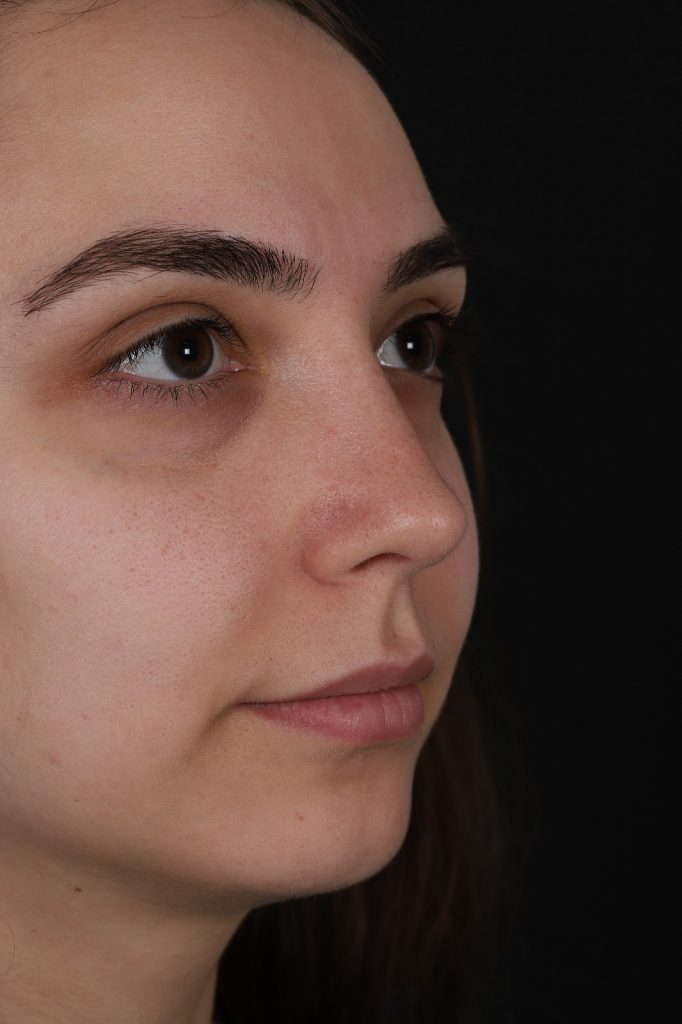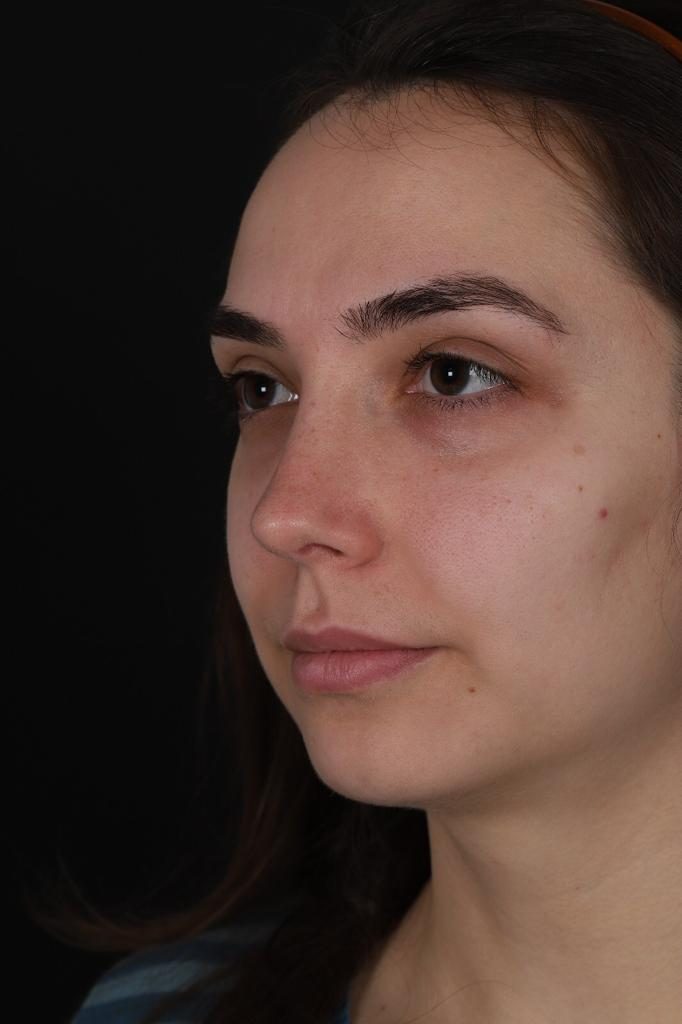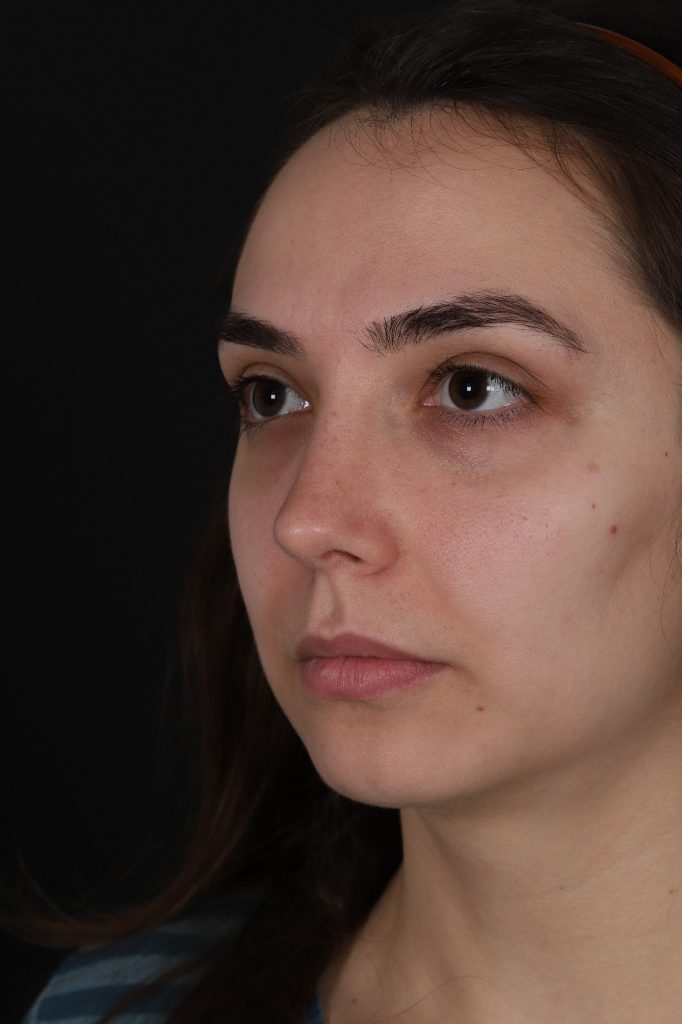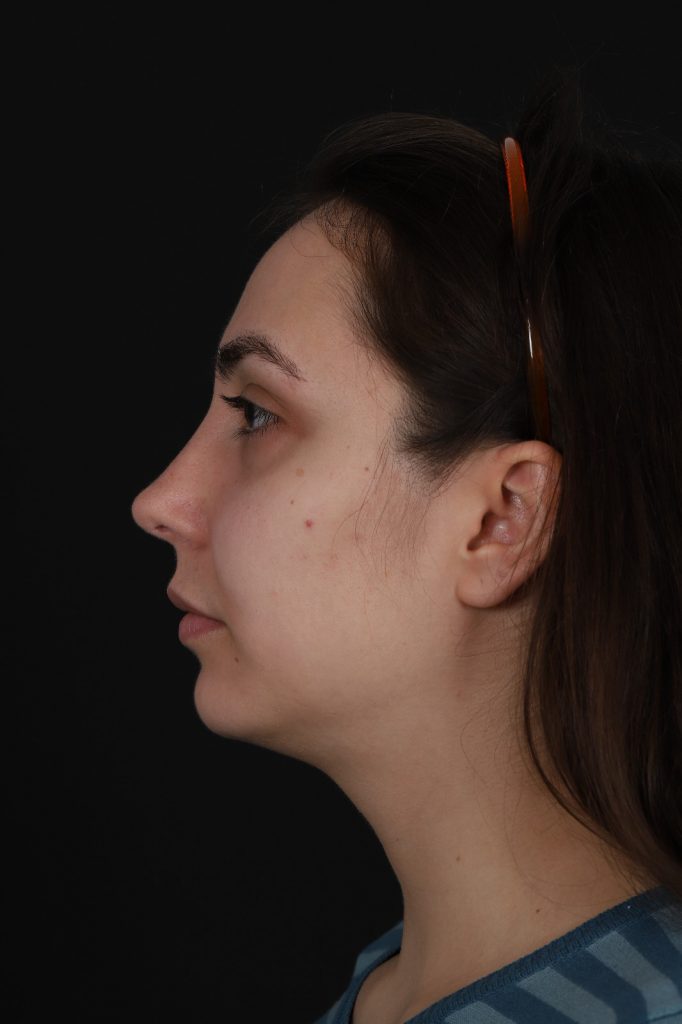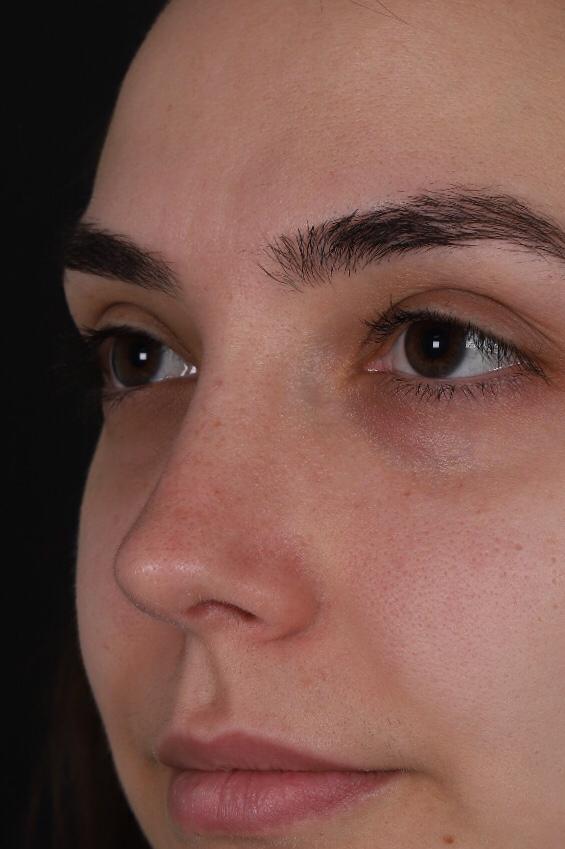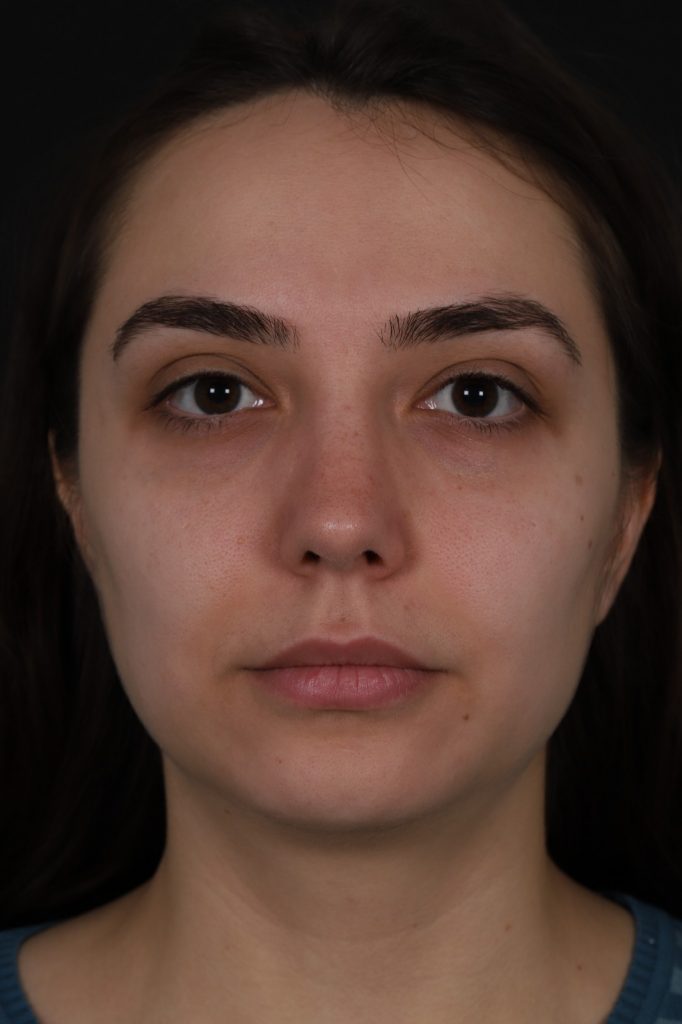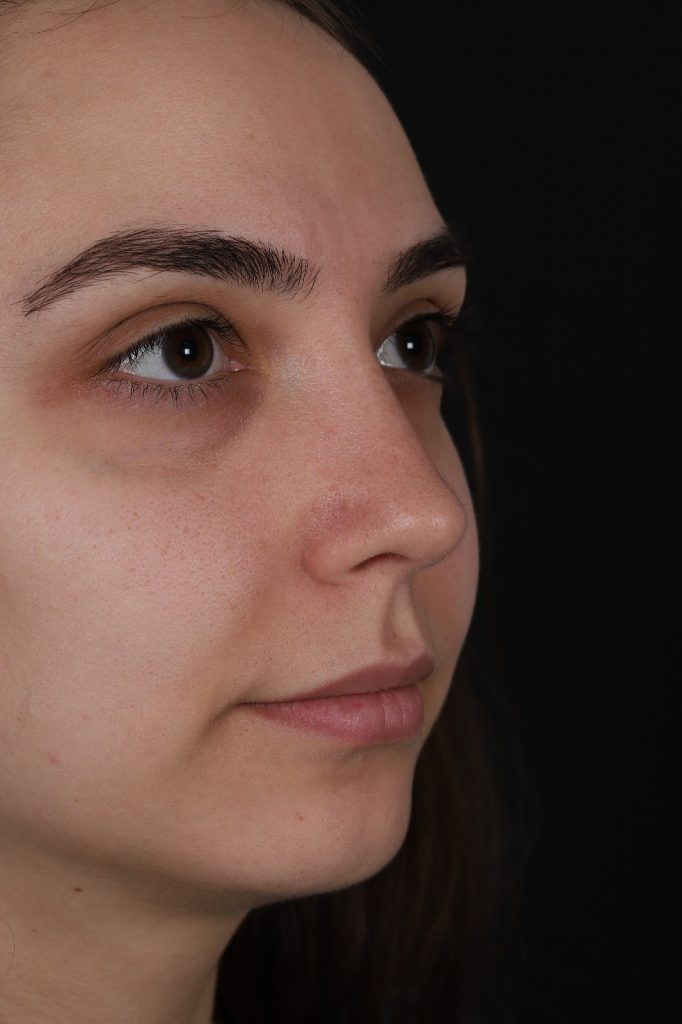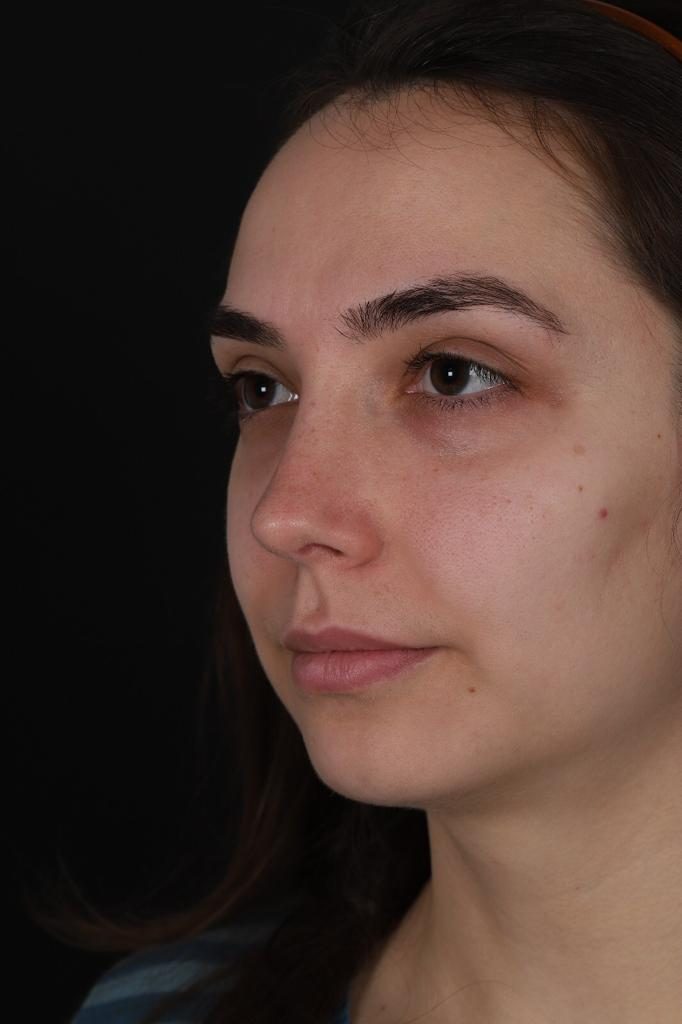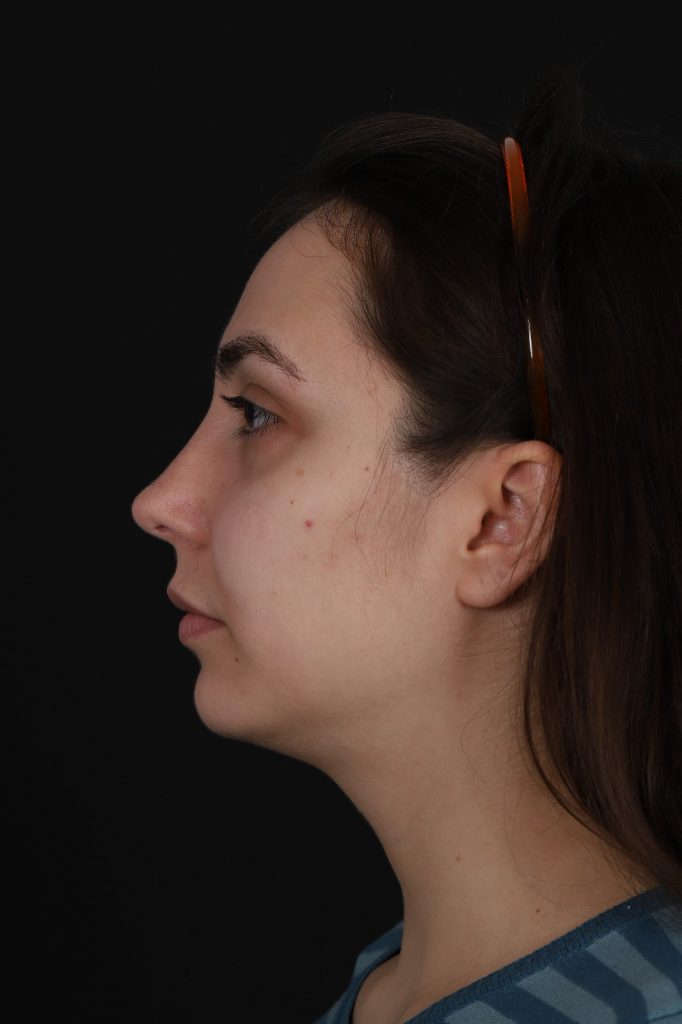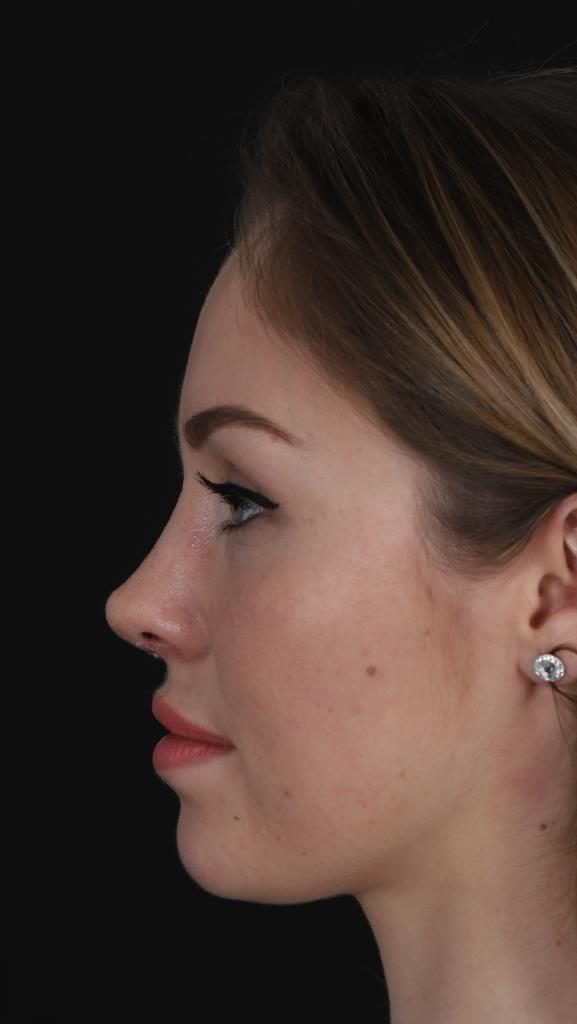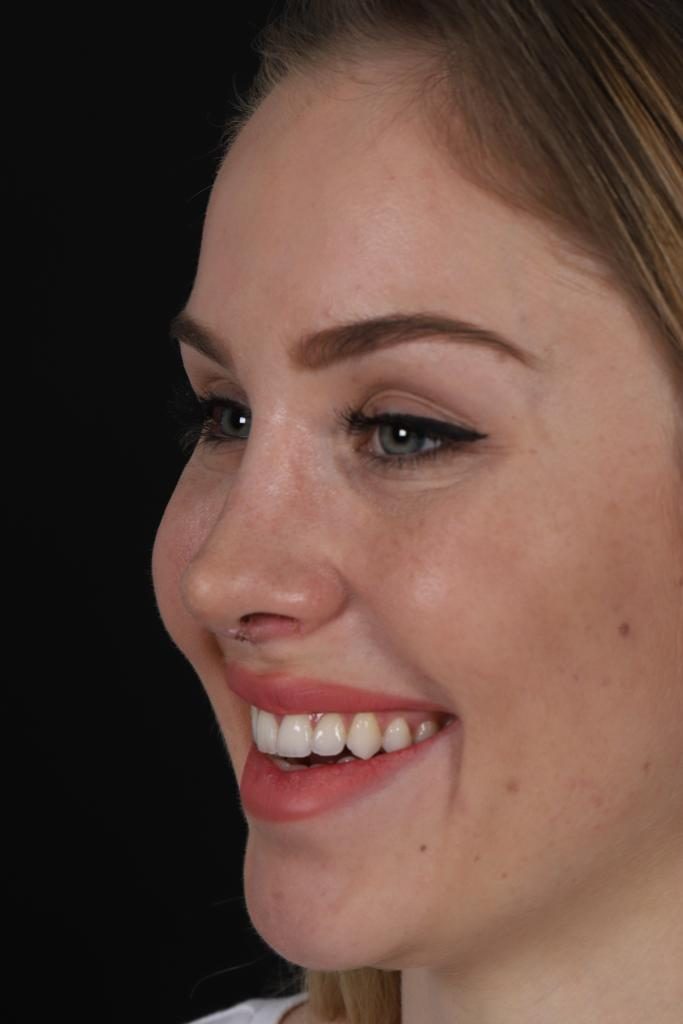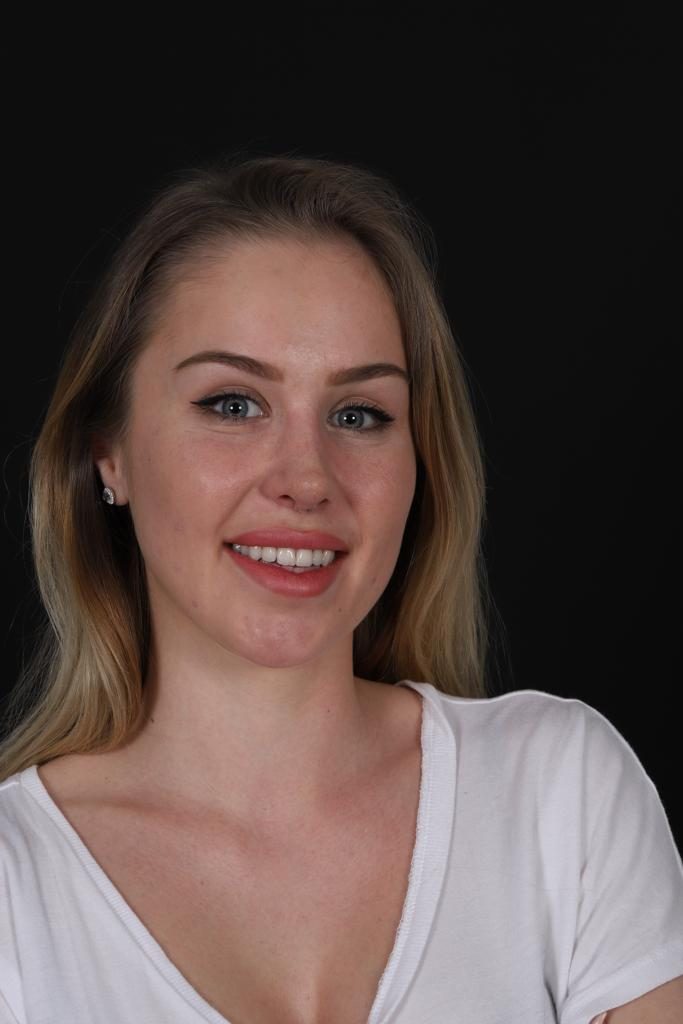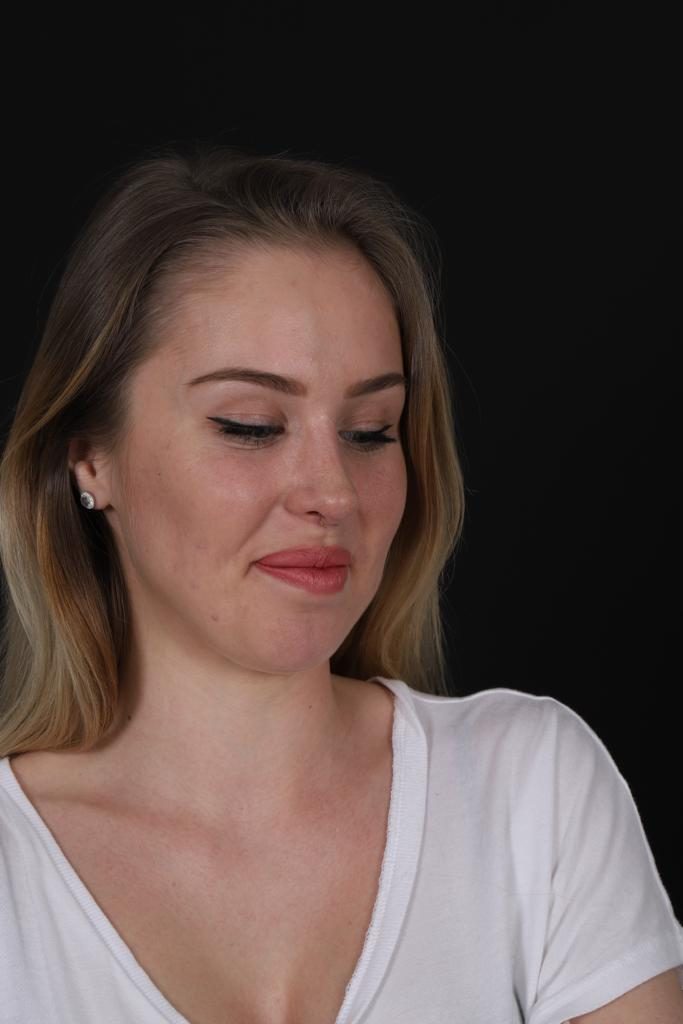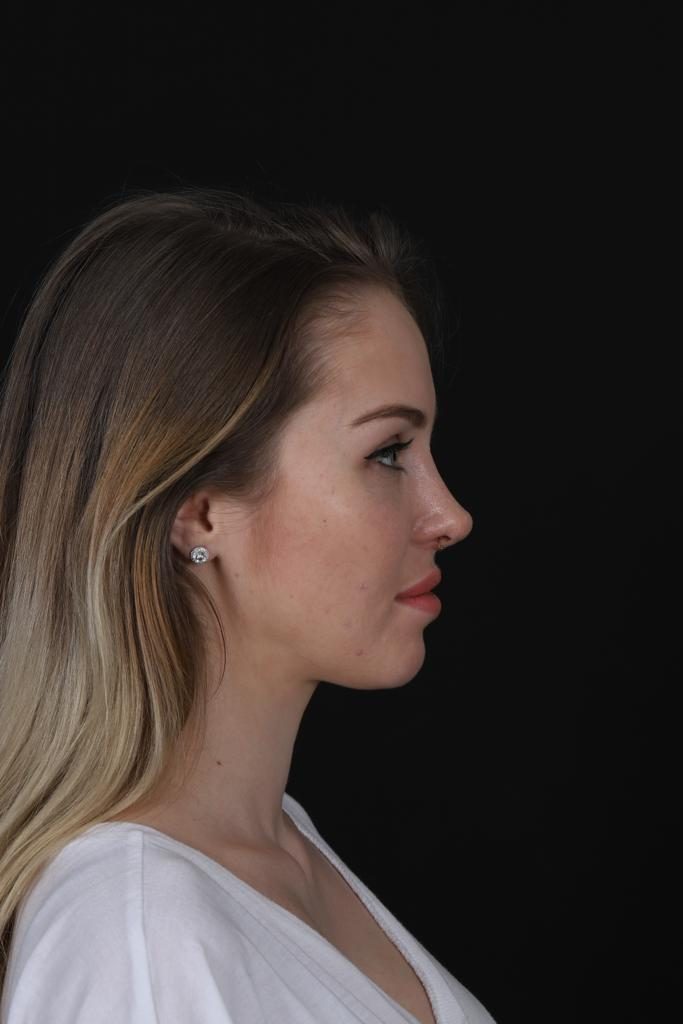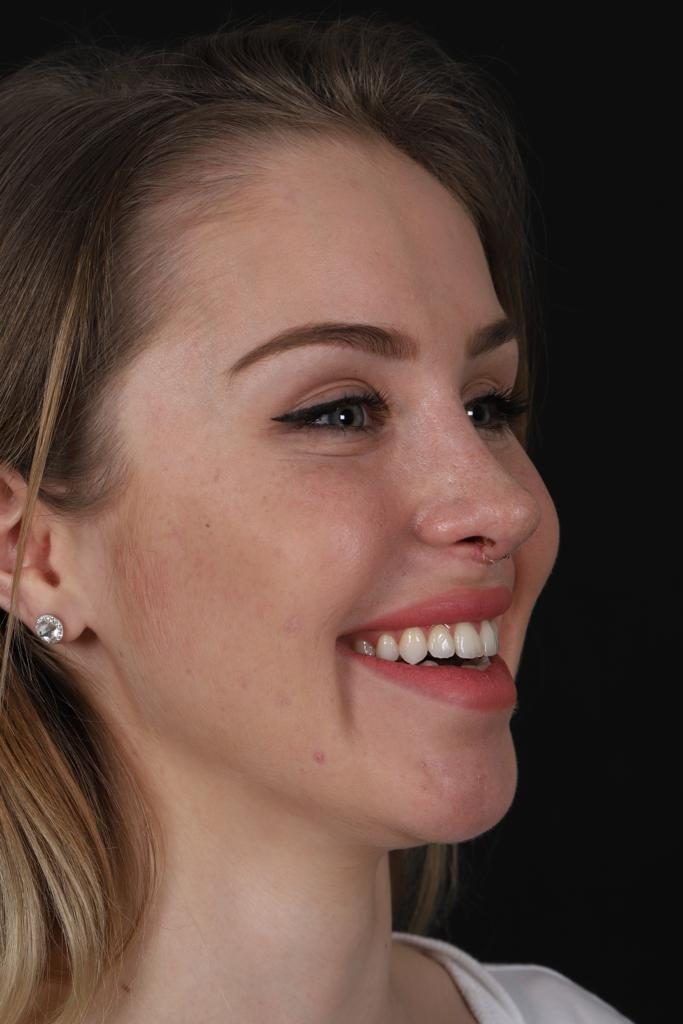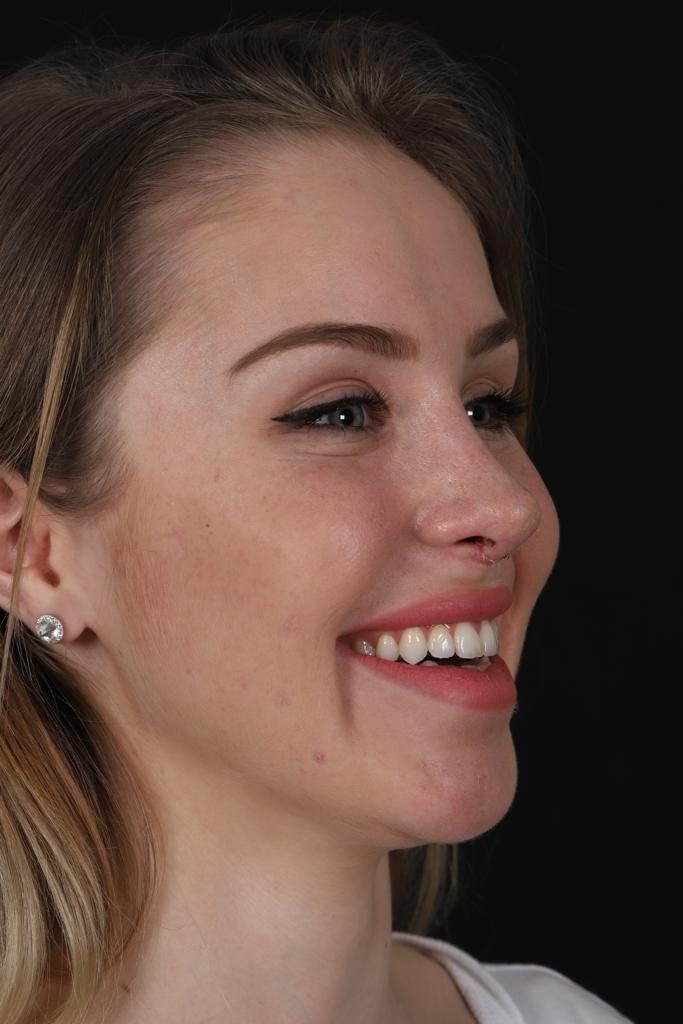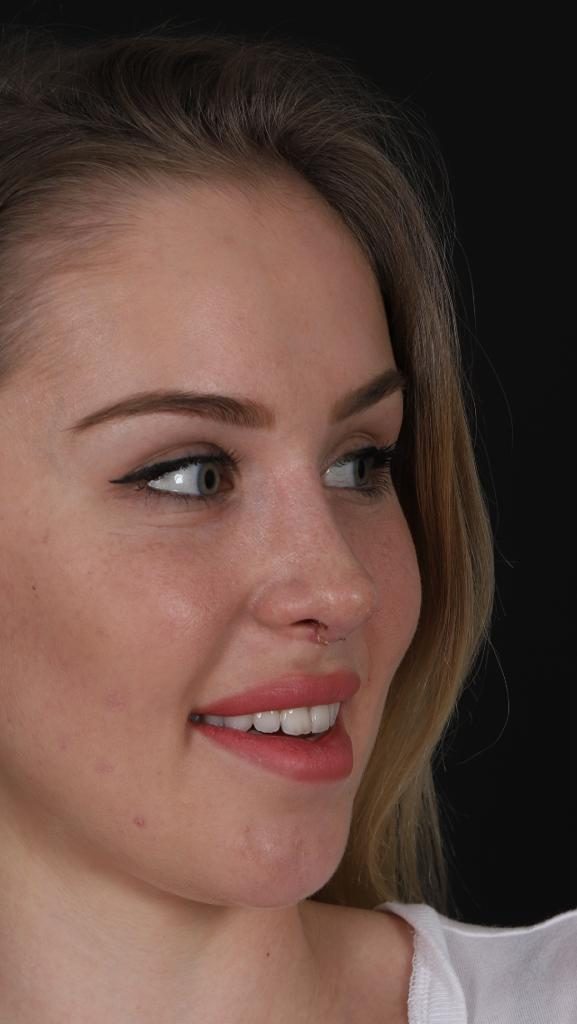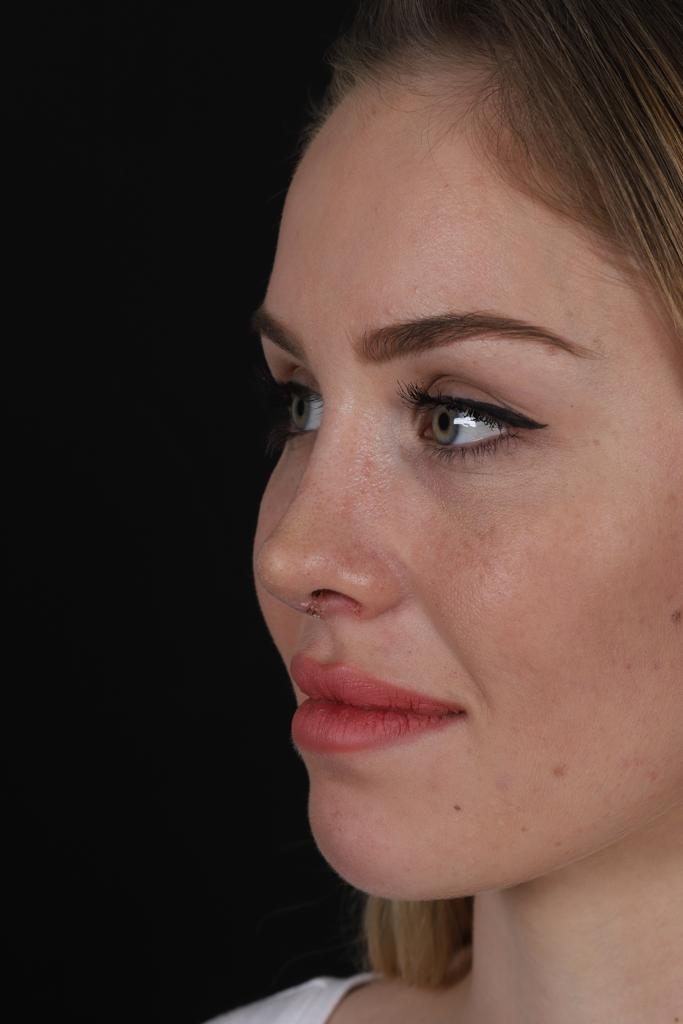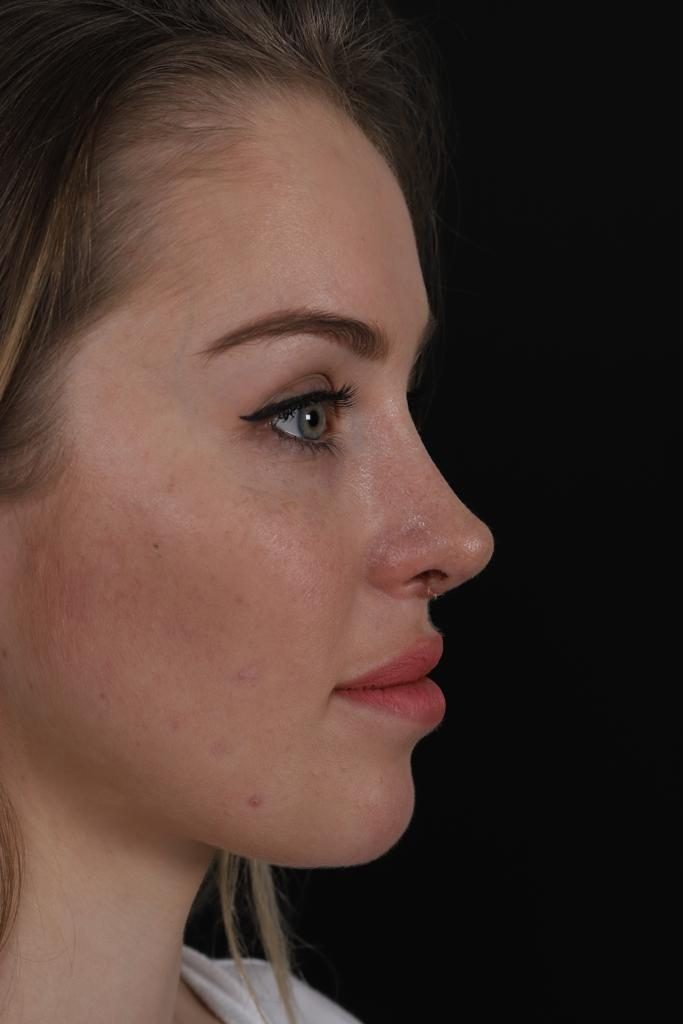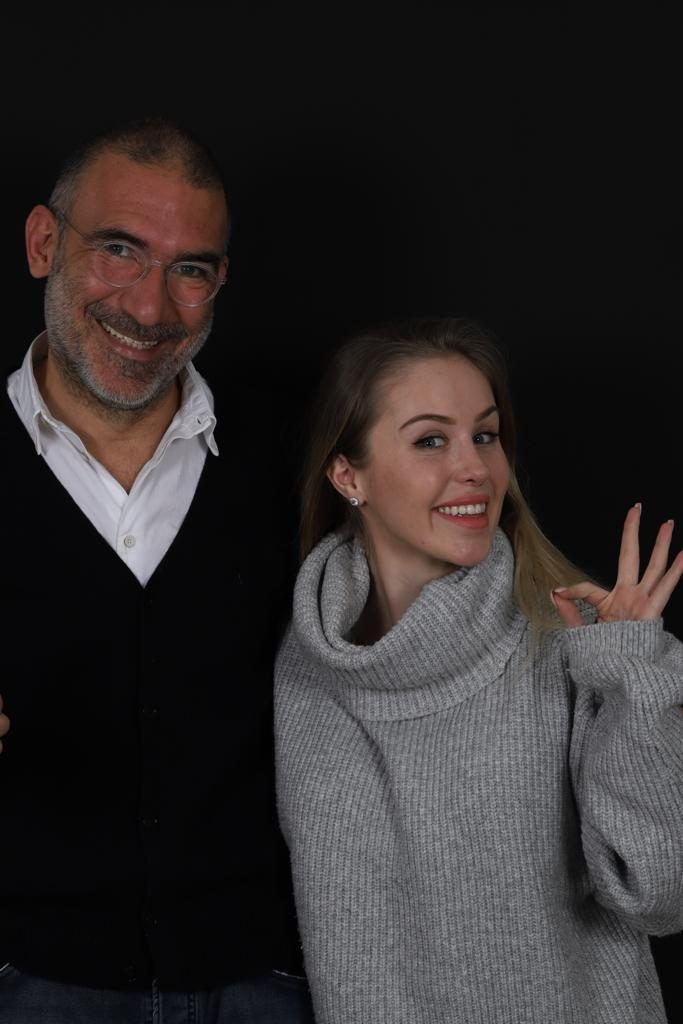TEO TECHNIQUE
Nose aesthetics is technically very difficult and complicated. It took me 10 years to figure out what was going on. The operation is very hard to understand for someone who is not familiar with it. I’ll try to summarize what I’m doing.
I will talk about the classic surgery first. I’ve done it for years. I’m not here to discredit it. We’re just looking for something better.
CLASSIC RINOPLASTY:
Rinoplasty can be done open or closed. The work done is the same.
The first thing the surgeon does is to separate the bones and cartilage that forms the nose tip and back from the skin and take them right out. If it’s the open technique, the surgeon can see and touch almost everything. The nasal tip and nasal back become two completely separate structures.
Then the bone which forms the nose back is seperated either by rasping or with a chisel hammer stroke or by cutting it off with modern ultrasonic or micro saws. Ultimately, that bone comes out of there and when it’s out, it leaves a giant hole in the stucture. This is like blowing off a rooftop. This procedure takes about 3-4 minutes, however, repairing the rooftop takes half the time of the whole surgery. In order to repair the roof, the side walls must be cut from the bottom and collapsed inwards. In addition, the roof is supported by thin long cartilage. Then everything is sewn back together and the nasal back is completed.
Next is the nose tip. The cartilage at the tip of the nose usually lose their strength since they are separated from all the soft tissue ligaments that support them on the nasal back. There are many methods, but what is generally done is to strengthen and shape these weak cartilage with additional cartilage.
When this is done, the nose is closed as it is opened. A buffer is required inside. The bones that are on the lose are placed in a cast so that they don’t move randomly.
I will continue if you are still not bored.
Ideally done closed. The less the cut the better the result. TEO technique can be done open as well. There is not much difference.
TEO TECHNIQUE:
Ideally done closed. The less the cut the better the result. TEO technique can be done open as well. There is not much difference.
There are two things I do differently.
First of all, I’m not separating anything in the nose. In the classical technique, the first thing the surgeon does is to separate the bone and cartilage from the skin; i.e. dissection, I don’t do the dissection. Skin and soft tissues hold the nose as a whole. I don’t see the bone that forms the back of the nose, I don’t even touch it.
-
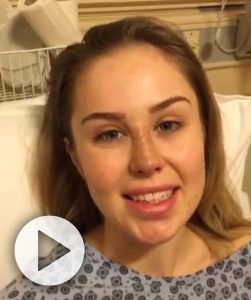
Switzerland
-
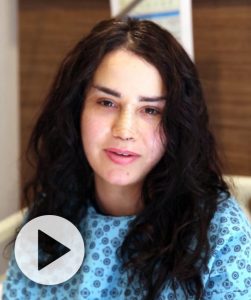
Saudi Arabia - Dubai
-
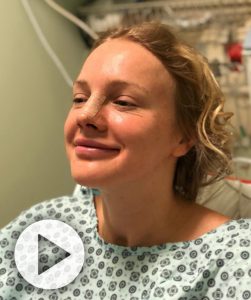
Ukraine
-
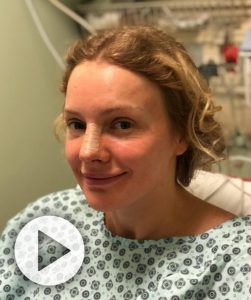
Ukraine
Nose bridge: What I do is an adaptation of a technique called “dorsum preservation rhinoplasty”.
First I cut the entire bone structure of the nose from the side and from the top as in the classical technique using a fine-tipped micro hand saw. The bone structure that is being cut now becomes mobile and I can shake it left and right. The second step is to subtract a few millimeters from the cartilage forming the midline of the nose, and press this moving bone structure down into the nasal cavity.
When it reaches the level I want, I fix the whole nose with a stitch in this position. When the bone structure as a whole goes down and is fixed, it can no longer move to the left or right and it becomes unnecessary to put a cast.
Nose tip: This is the part that I haven’t changed much in ten years. In my new technique however, since all soft tissue bonds remain intact, my work has become much easier and I am happier with the results.
I decide on the shape of the nose with my hand before the operation and I determine the new nasal tip point (these are the blue dots you see in my photos). These points are very crucial, my whole surgical plan is based on these points.
During surgery, I just separate the nasal cartilage from the skin at the desired line and reshape it with sutures. Put a few extra if I notice some weak spots. Basically, what I’m doing is increasing the static strength by changing the shapes and angles of sutures rather than reinforcing the cartilage with other cartilage.
There are ofcourse so many details that I cannot explain here, but in the end, a dough-like nose appears with a lot of its parts untouched. The operation takes usually 1-2 hours, no buffer or casting is required.
I call this technique “TheEnblockOsteochondropalsty: TEO”. Not too much to ask, don’t you think?




